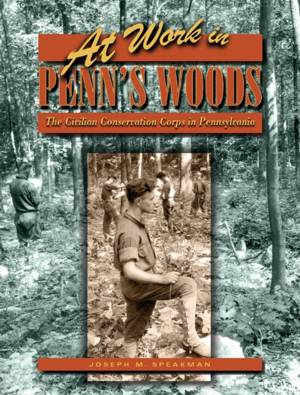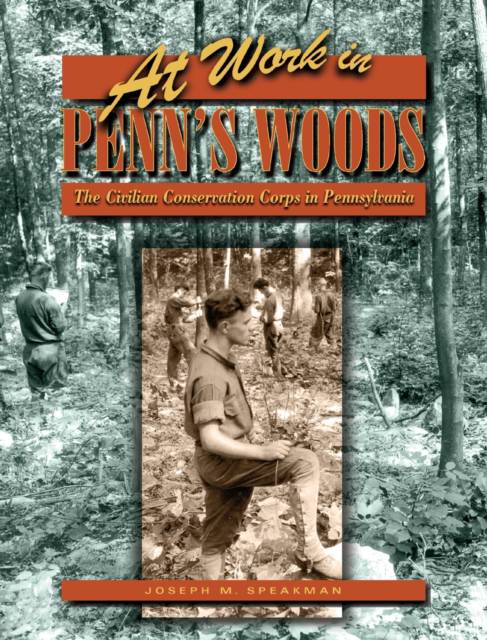
- Afhalen na 1 uur in een winkel met voorraad
- Gratis thuislevering in België vanaf € 30
- Ruim aanbod met 7 miljoen producten
- Afhalen na 1 uur in een winkel met voorraad
- Gratis thuislevering in België vanaf € 30
- Ruim aanbod met 7 miljoen producten
Omschrijving
The Civilian Conservation Corps was one of the most popular programs of President Franklin D. Roosevelt's New Deal. Over the nine years of the program, from 1933 to 1942, over two and one-half million unemployed young men found work on conservation projects across Depression-stricken America. "Roosevelt's Tree Army," as the CCC men were sometimes called, planted billions of trees, fought forest fires, did historic preservation work, and constructed recreational facilities in state and national parks. At Work in Penn's Woods offers a rich and compelling portrait of Pennsylvania's CCC program.
In Pennsylvania, the CCC had one of its largest and most successful programs. The state recruited the second-highest number of workers and had the second-highest number of work camps in the country. Gifford Pinchot, perhaps the most famed conservationist of the first half of the twentieth century, was governor of the state in 1933, and his state foresters were well prepared to make use of the abundant labor the CCC made available to them. The Pennsylvania CCC men planted over 60 million trees in a state that had been scarred by clear-cut logging, rampant forest fires, and destructive tree diseases. They also worked at creating and upgrading state park recreational facilities; some of the camps did historic preservation work at Gettysburg, Hopewell Village, and Fort Necessity. A dozen camps provided assistance to farmers on soil conservation projects.
Aside from conservation work, the CCC program also played another important role in providing relief assistance to Pennsylvania's families in need. The men were paid $30 a month, but usually $22-25 of that was sent home to their families, who were often on relief and in need of the extra money their sons earned. In their free time the men were given the opportunity to take courses in a variety of academic and vocational subjects to train them for life after the CCC. At Work in Penn's Woods, the first comprehensive study of Pennsylvania's CCC program, combines administrative history with portraits of many of the men who worked in the camps. Speakman draws on archival research in primary sources, including some source collections never used before, and on interviews with former CCC men.
Specificaties
Betrokkenen
- Auteur(s):
- Uitgeverij:
Inhoud
- Aantal bladzijden:
- 256
- Taal:
- Engels
- Reeks:
Eigenschappen
- Productcode (EAN):
- 9780271062402
- Verschijningsdatum:
- 1/02/2014
- Uitvoering:
- Paperback
- Formaat:
- Trade paperback (VS)
- Afmetingen:
- 178 mm x 230 mm
- Gewicht:
- 485 g

Alleen bij Standaard Boekhandel
Beoordelingen
We publiceren alleen reviews die voldoen aan de voorwaarden voor reviews. Bekijk onze voorwaarden voor reviews.











